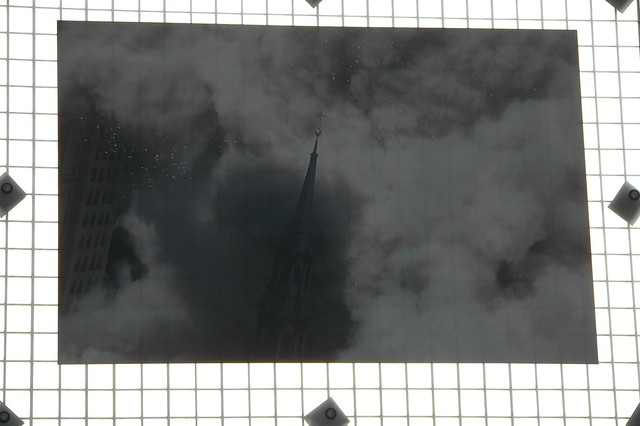Walking from my bus stop to work in the morning takes me across Broadway in Downtown Manhattan, the site of some celebration or other yesterday morning. Still this morning, littering the sidewalks, and especially the gutters, was "ticker tape". Of course, there are no tickers any more - it's all electronic. So this was all long, thin shreds of paper, individually unrecognizable in its drifts.
And in that moment, crossing Broadway, walking in to work, I was taken back 18 years.
The gutters were thick with shreds of paper, and ash, for weeks and months after 9/11. There was so much of it, it took that long for all of it to finally be washed away.
The gray ash was the last to go. In sheltered spots, it lingered for years. Even if you didn't want to know, certainly not think about it, you knew what it was.
Living and working in downtown after 9/11 was being in a crematorium. Every couple of years, you might hear about finding "remains". This is what they're talking about: some shards or shreds left behind, sheltered until uncovered by demolition or restoration of the ever-changing skin of the city.
And so did yesterday's remains, of a celebration, remind me of those weeks and months a lifetime ago. I wondered how few of those celebrating would understand the connection. How few around me had the same association.
Did they, too, feel alone in this?

Related Content
Grief & Gardening #2: Five Years After, "Ths Transetorey Life"
Links







.jpg)

